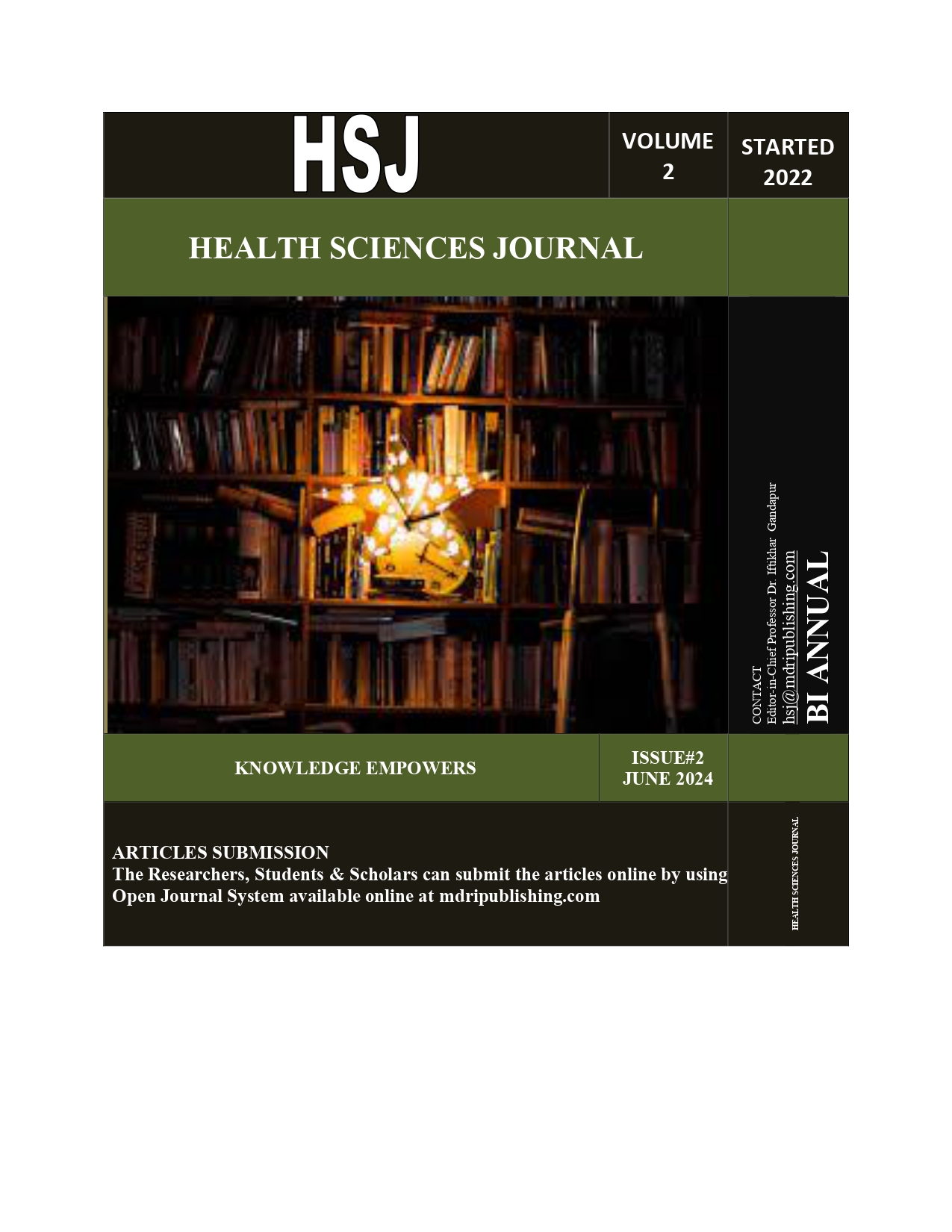SEROPREVALENCE OF H5, H7, and H9 INFLUENZA VIRUSES IN BROILERS PREVAILING IN DIFFERENT ECOLOGICAL ZONES OF KHYBER PAKHTUNKHWA, PAKISTAN
DOI:
https://doi.org/10.59365/hsj.2(2).2024.83Keywords:
Avian influenza Seroprevalence, Human health, PCR, PakistanAbstract
Background: Avian influenza poses a significant risk to communities as it impacts birds and results in a high mortality rate and global economic losses of up to 89%. This study aimed to assess the seroprevalence of the H5, H7 and H9 strain of AIV between the years2017 to 2020 in Khyber Pakhtunkhwa, Pakistan. Methods: 650 blood samples from broiler birds were collected from five (Dera Ismail Khan, Tank, Abbottabad, Mansehra, and Peshawar) different ecological zones of Khyber Pakhtunkhwa, Pakistan. Initial screening was done using the HA and HI tests. H9 samples were further confirmed using PCR. Results: Overall seroprevalence of avian influenza virus subtypes H5, H7, and H9 was 22.43%, 5.384%, and 25.23%, respectively. Maximum seroprevalence was reported in DIK district, followed by Abbottabad, Peshawar, Mansehra, and Tank. A phylogenic study of H9 samples depicted H9 strains clustering closer to previously reported Pakistan-originated strains. Overall, the AIV H9N2 strain under study showed 10-12% genomic distance to strains of B1 sub lineages reported from Pakistan, India, and Iran. Similarly, a 12.9 17% genomic distance was observed between viruses of the
G1_Mideast_Group A lineage, followed by 19–22.5% between viruses of the Y9280-like lineage and 24-28% between viruses of the Y439/97-like lineage. Conclusion: The current research region had an epidemic of avian influenza. Therefore, it is crucial to isolate infected birds in order to prevent and control the further spread of the disease.





